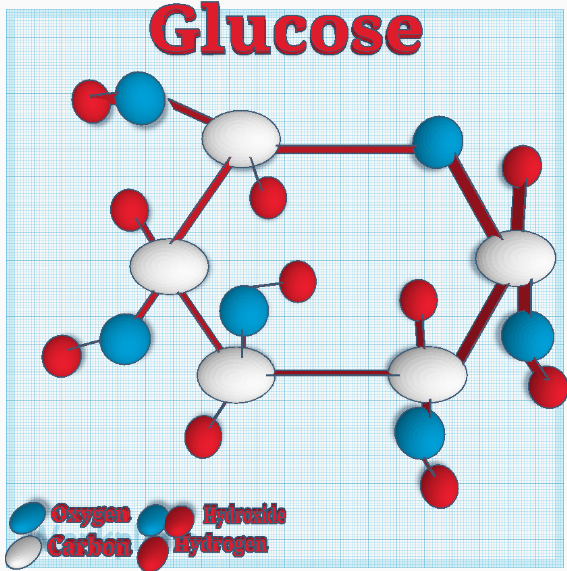
Cotton is a plant that is grown for its fibre. Cotton fibre is white and fluffy and surrounds the seeds of the plant. Cotton is made out of chains of cellulose units. Cellulose is the most abundant biomass in the world and is consist of repeating units of glucose that are attached together by the strong ionic bond. The chemical formula of glucose is C5O6H10 these atoms are attached to each other by the hydrogen bonds (see illustration below). Cotton is classified as cloth when fully processed and used to make costumes, dresses, pants, shirts...etc. Today, the world uses more cotton than any other fibre, and cotton is a leading cash crop in the U.S. at the farm level alone. The production of each year’s crop involves the purchase of more than $5.3 billion worth of supplies and services. Cotton is a part of our daily lives from the time we dry our faces with a soft cotton towel in the morning until we slide between fresh cotton sheets at night. Clothing and household items are the largest uses, but industrial products account from many thousands of bales.
Cotton is over ninety-nine percent cellulose. Cellulose esters are characterized by their stiffness, moderate heat resistance, high moisture vapour transmission, grease resistance, clarity and appearance, and moderate impact resistance.
Download File
Download File
Contact us
Thank you for your interest in contacting Future Engineers. We look forward to connecting with you!
General Inquiries
support@futureengineers.orgSponsorship Inquiries
sponsor@futureengineers.org